Lighting is a fundamental aspect of any space, whether it’s a cozy living room, a busy office, or an enchanting garden. It creates a mood, enhances visibility, and highlights the beauty of your surroundings. With so many lighting options available today, understanding the different types and their distinct benefits can help you create the perfect ambiance for any occasion. In this comprehensive guide, we’ll shed light on the lighting world, allowing you to make informed decisions to transform your space into a charming haven.
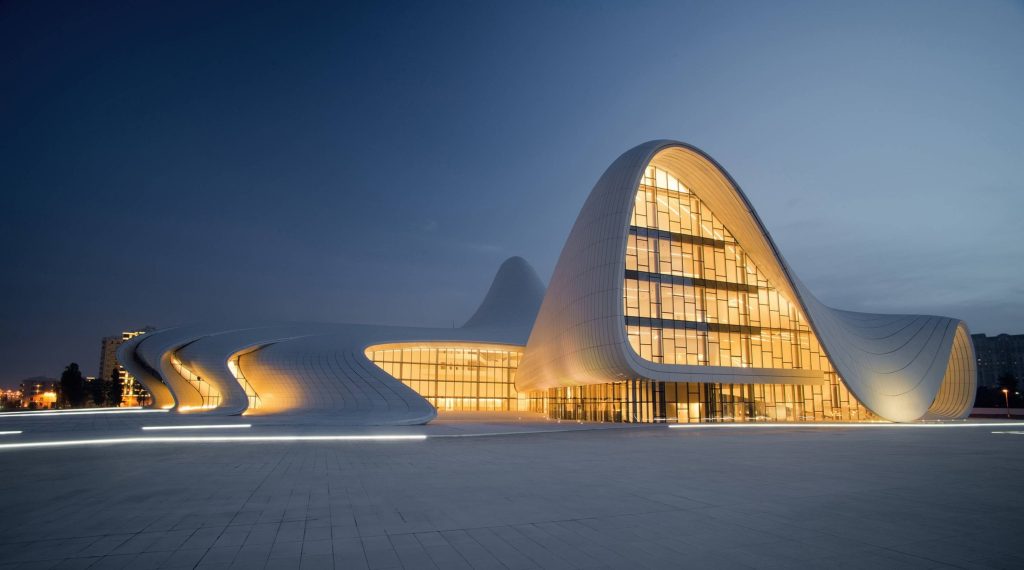
The Importance of Lighting
Great lighting is more than just a practical necessity; it has the power to evoke emotions, boost productivity, and improve the overall aesthetic appeal of your space. Proper lighting can create a welcoming environment, increase energy levels, and even improve mental well-being. Understanding lighting’s nuances enable you to maximize its potential and harness its transformative effects.
Lighting Definition. What is Lighting
Lighting is the deliberate use of natural or artificial light to achieve functional and aesthetic objectives, such as creating ambiance, enhancing visibility, or highlighting architectural features.
Lighting Quality
Creating comfortable and visually appealing environments requires optimal lighting quality. The right lighting can boost productivity, elevate mood, and improve overall well-being in residential, commercial, and industrial settings.
Several important factors influence lighting quality. Color temperature, which determines the perceived warmth or coolness of light emitted by a source, is an important consideration. Choosing the right color temperature for a space can have a big impact on whether it should be warm and cozy or cool and invigorating.
Another important consideration is the color rendering index (CRI), which measures how accurately a light source renders colors compared to natural sunlight. A high CRI ensures that objects and surfaces appear vibrant and true to their actual colors, improving the visual appeal of spaces and allowing for an accurate perception of details.
Lighting distribution is also a vital element of lighting quality. Proper distribution ensures that light is distributed evenly across the area, minimizing shadows, glare, and dark spots. A comfortable and visually balanced environment is enhanced by uniform lighting distribution.
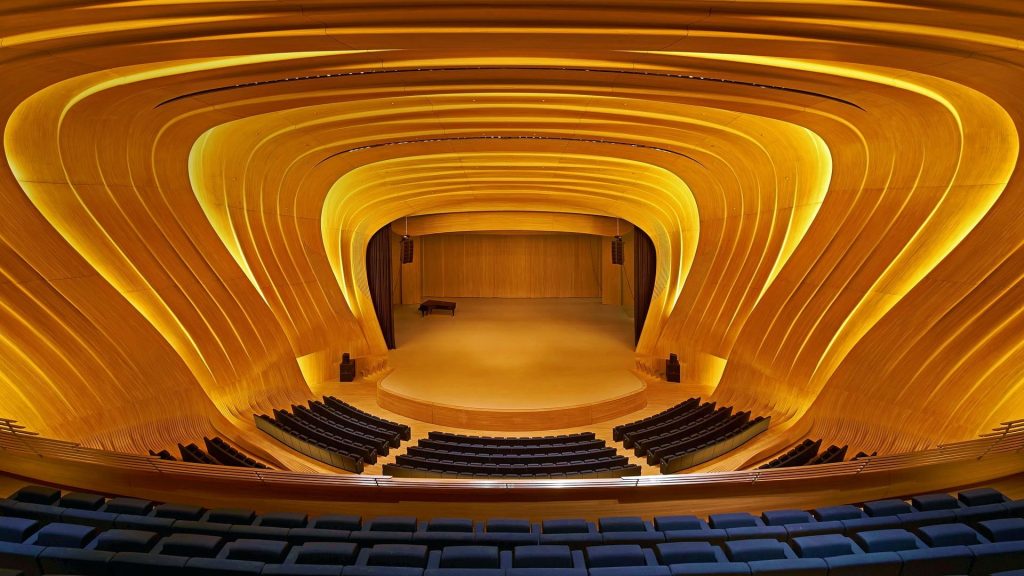
In addition, the ability to control lighting levels and adjust brightness is essential for creating versatile spaces. Dimming capabilities, automated lighting controls, and integration of natural light sources through daylighting techniques can significantly improve lighting quality, providing flexibility and energy efficiency.
Furthermore, lighting flicker must be considered to ensure visual comfort. Because flickering lights can cause eye strain, headaches, and discomfort, choosing lighting solutions with minimal flicker is critical for maintaining a comfortable environment.
Finally, energy efficiency is an important aspect of lighting quality. Choosing energy-efficient light sources, such as LEDs, can reduce environmental impact and result in long-term cost savings.
When designing or evaluating lighting systems, it is essential to consider these various factors to ensure optimal lighting quality. Finding the right balance between color temperature, CRI, lighting distribution, control options, flicker-free operation, and energy efficiency, can create attractive, comfortable, and durable lighting environments.
Photometry – the Measurement of Light
Photometry, the measurement of light, is concerned with the amount of useful light that illuminates a surface as well as the amount of light emitted by a lamp or other light source. It also considers the range of colors that this light can produce. Photometric measurements must include the luminosity function to accurately quantify the amount of useful light because the human eye perceives light differently across the visible spectrum. The fundamental unit of measurement within the International System of Units (SI) is the candela (cd), which denotes luminous intensity. All other photometric units derive from the candela.
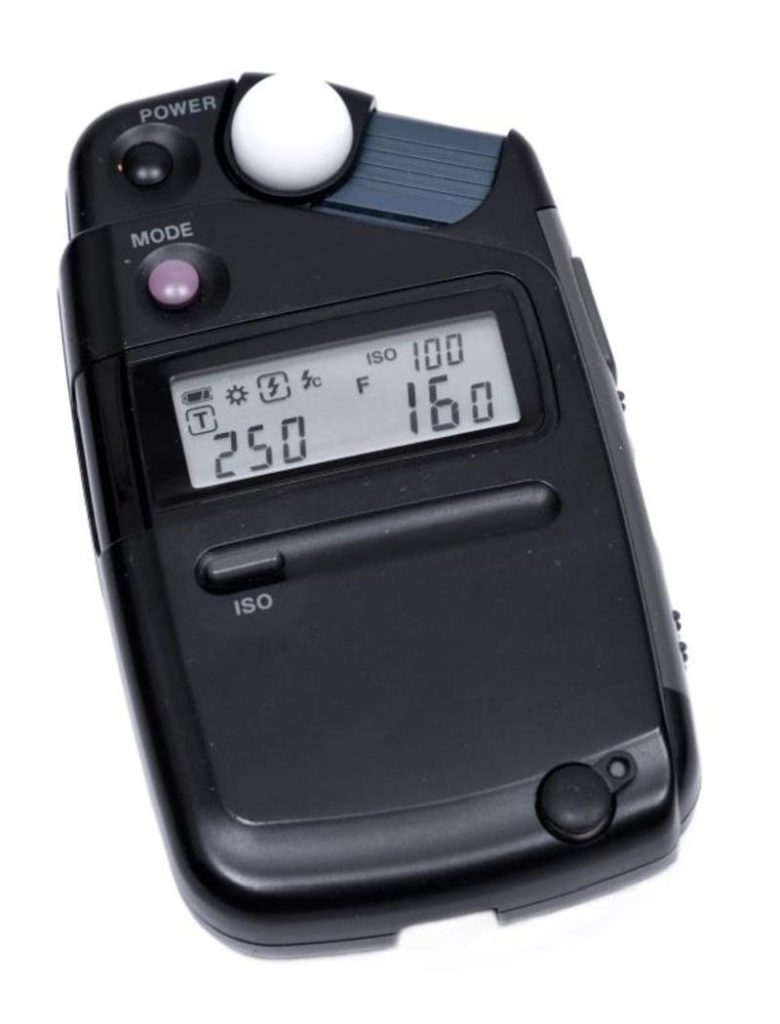
Luminance, for instance, quantifies the density of luminous intensity in a specific direction. It measures the amount of light passing through or emitted from a specific area. Luminance is quantified in candela per square meter (cd/m²) within the SI system, while the centimeter-gram-second (CGS) unit of luminance is the stilb, equivalent to one candela per square centimeter or 10 kilocandela per square meter (kcd/m²). The luminous flux, representing the useful light emitted by a source, is measured in lumens (lm). Lux is a photometric measure of the intensity of light striking or passing through a surface as perceived by the human eye.
Color Properties
To characterize the color properties of light sources, the lighting industry heavily relies on two key metrics: correlated color temperature (CCT) and color rendering index (CRI). Correlated color temperature is commonly used to assess the perceived “warmth” or “coolness” of emitted light, whereas color rendering index evaluates a light source’s ability to render objects in natural colors.
Nevertheless, these metrics, established in the previous century, are encountering growing obstacles and critiques due to the rising popularity of new light sources, particularly light-emitting diodes (LEDs), in today’s market.
Light Exposure
Traditional light measurements have relied on dosimeters, which assess an individual’s or object’s exposure to environmental factors like light and ultraviolet radiation. Advances in measurement technology have resulted in the development of a specialized personal circadian light meter known as the Daysimeter. This device is designed to precisely measure and analyze the light entering the eye, considering its intensity, spectrum, timing, and duration, all of which have a direct impact on the human body’s internal clock.
Types of Lighting
Natural lighting and artificial lighting are the two broad categories of lighting. In turn, artificial lighting is classified into four types: ambient or general lighting, task lighting, accent lighting, and decorative lighting. Ambient lighting illuminates the entire space, ensuring a comfortable and balanced environment. Task lighting is designed to illuminate specific areas or activities, such as reading, cooking, or working. Accent lighting adds visual interest by emphasizing particular features or objects. Decorative lighting is a powerful tool for improving a space’s aesthetic appeal and ambiance. Each type has a distinct function and can be combined to create layered and visually dynamic lighting schemes.
Natural Lighting
Natural lighting is the purest and most coveted form of illumination, as it is provided by the sun and the sky. Most living organisms, including humans, require it as a source of light. Natural lighting has been shown to improve a person’s mood, productivity, sleep patterns, and overall well-being.
One of the primary advantages of natural lighting is that it is free and easily accessible. It can also help to save energy because there is no need for artificial lighting during the day. Incorporating windows, skylights, and light wells into the design of your home or office can maximize the use of natural light while reducing reliance on artificial sources.
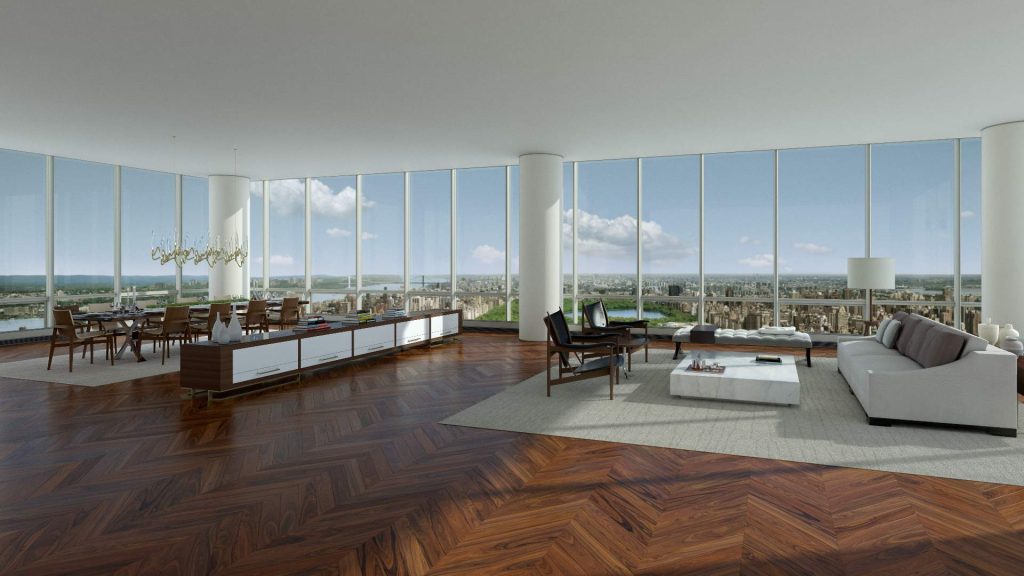
However, natural lighting has its limitations. It is not always consistent and is influenced by factors such as weather conditions, time of day, and location. Furthermore, too much sun exposure can harm the skin and eyes.
For a detailed overview of natural lighting, we invite you to visit our web page dedicated to daylighting. There, you’ll find an in-depth presentation that delves into the specifics of daylighting types and fixtures, giving you valuable information and insights to guide your lighting decisions.
Artificial Lighting
Artificial lighting, or man-made lighting, refers to the illumination provided by electric sources, such as light bulbs and lamps. It is the most common lighting source in modern buildings and is used to supplement or replace natural lighting. The choice of lighting type will depend on factors such as the intended use of the space, energy efficiency, and personal preferences.
Ambient Lighting
Ambient lighting, also known as general lighting, is an essential element in creating a comfortable and welcoming atmosphere in residential and commercial spaces. It’s the foundational lighting in a room that provides overall illumination, ensuring pleasant visibility and a sense of warmth.
Ambient lighting’s primary function is to distribute light evenly throughout the space, eliminating harsh shadows and creating a balanced lighting environment. It sets the tone for the room and enhances the overall aesthetic appeal. Ambient lighting can be achieved using a variety of fixtures and techniques, including recessed ceiling lights, track lighting, wall-mounted fixtures, or even natural light sources such as windows and skylights.
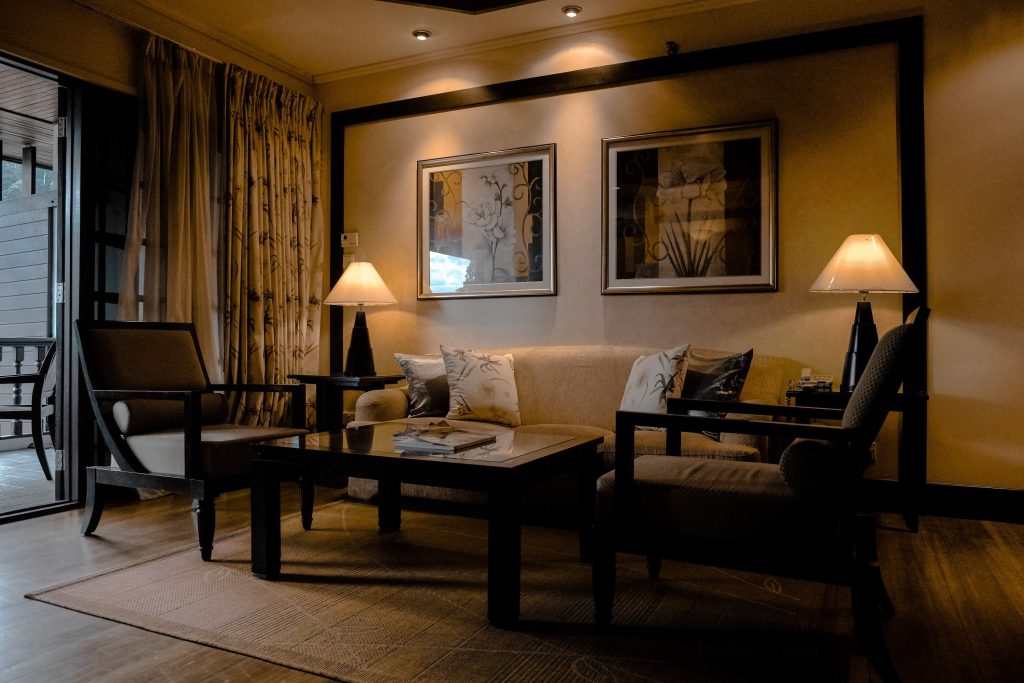
When selecting light sources for ambient lighting, it is crucial to consider factors such as color temperature and brightness. Choosing light bulbs with a color temperature that aligns with the desired ambiance, such as warm white or cool white, can greatly influence the overall mood of the space. Additionally, the brightness level should be appropriate for the intended function of the area. For instance, higher brightness may be suitable for workspaces, while a softer glow may be preferred in relaxation areas.
In order to achieve the best possible ambient lighting, it is crucial to consider the spatial layout and design. It is equally important to meticulously strategize the placement and dispersal of lighting fixtures to guarantee uniform illumination while eliminating any instances of shadows or overly bright spots. Additionally, incorporating dimmers or lighting controls can provide the flexibility to adjust the light intensity according to factors such as the time of day, specific tasks, or individual preferences.
Task Lighting
Task lighting plays a vital role in providing focused illumination for specific activities or tasks, ensuring optimal visibility and reducing eye strain. It aims to enhance productivity, improve accuracy, and create a comfortable working environment. Task lighting can have different settings, including offices, kitchens, workshops, and reading areas.
The key purpose of task lighting is to direct light to a specific area where detailed or concentrated work is performed. It helps eliminate shadows and provides ample light for activities including reading, writing, cooking, crafting, or working on intricate tasks. Task lighting fixtures are typically adjustable, allowing for precise positioning and control of the light beam.

Desk lamps with adjustable arms or gooseneck lamps are commonly used as task lighting in offices. These fixtures cast focused light on the work surface, ensuring that documents, computer screens, and other materials are clearly visible. In kitchens, under-cabinet lighting is also popular, illuminating countertops for food preparation or cooking tasks.
Overhead pendant lights or portable work lights with high-intensity bulbs are used in workshops or garages to illuminate the working area and provide ample light for detailed tasks. Magnifying lamps with built-in task lighting are frequently used in hobbies such as sewing, model building, and electronics assembly because they provide increased visibility and magnification.
Proper placement of task lighting is essential for effective performance. It should be positioned to avoid casting shadows on the task area or causing glare. For example, in an office, the task light should be placed on the opposite side of the hand used for writing to minimize shadows.
Accent Lighting
Accent lighting is a useful tool in interior and architectural design because it adds drama, depth, and visual interest to a space. It entails strategically placing light fixtures to highlight specific objects, architectural features, or artworks, thereby creating focal points and improving overall aesthetics.

Accent lighting’s primary function is to draw attention to specific elements within a room. Accent lighting adds a layer of visual intrigue and depth by creating contrast and playing with light and shadows. It can display artwork, sculptures, decorative pieces, architectural details, or even plants.
When designing accent lighting, keep the overall lighting scheme in mind and balance it with ambient and task lighting. Proper fixture positioning and aiming are critical for achieving the desired effect while avoiding excessive glare or shadows.
Decorative Lighting
Decorative lighting enhances the visual attractiveness of space by acting as a captivating and artistic element within interior and exterior designs. It surpasses mere practicality and assumes a crucial role in establishing a desired atmosphere, creating ambiance, and accentuating specific features or areas.
There are a multitude of possibilities when it comes to decorative lighting. Indoor lighting options such as chandeliers, pendant lights, wall sconces, and table lamps are very popular. These fixtures come in a large variety of styles, shapes, and materials, offering ample opportunities for customization to align with any design theme or personal preference. Whether one seeks sleek and modern designs or opts for vintage-inspired or elaborate pieces, decorative lighting provides limitless avenues to enhance the visual appeal of a room.

Integrating outdoor lighting decor imparts a sense of allure and personality to landscapes, gardens, and architectural structures. String lights, lanterns, pathway lights, and landscape spotlights are frequently employed to establish a captivating ambiance during the evening hours. These lighting fixtures enhance the overall visual appeal and provide practical illumination for outdoor gatherings and activities.
When implementing decorative lighting, careful consideration should be given to the positioning and arrangement. By strategically placing lighting fixtures, focal points such as artwork, focal walls, or architectural elements can be accentuated, capturing attention and generating visual intrigue. Furthermore, incorporating dimmers and adjustable lighting controls allows for versatility in adjusting the brightness and mood, catering to diverse occasions and personal preferences.
For a detailed overview of the lighting types, we invite you to visit our dedicated webpage on types of lighting. There, you will find an in-depth presentation that delves into the specifics of each lighting type, providing you with valuable insights and information to guide your lighting decisions.
Methods of Lighting
The method of lighting pertains to the route or angle through which light is emitted or directed toward a particular area or object. The chosen lighting method can exert a substantial influence on the atmosphere, visibility, and overall visual appeal of a space.
Frontlighting

Frontlighting is a straightforward technique where light is directed directly toward the subject or area illuminated. This increases visibility and reduces shadows. Frontlighting is commonly used for task lighting, such as desk lamps or under-cabinet lights, which require focused and direct illumination.
Backlighting

Backlighting is the practice of positioning a light source behind an object or subject to create a halo effect or glow around it. By separating the subject from the background, this technique adds depth and visual interest to the image. Back lighting can be accomplished through the use of wall-mounted fixtures, strip lights, or by positioning the object in front of a window or other natural light sources.
Downlighting
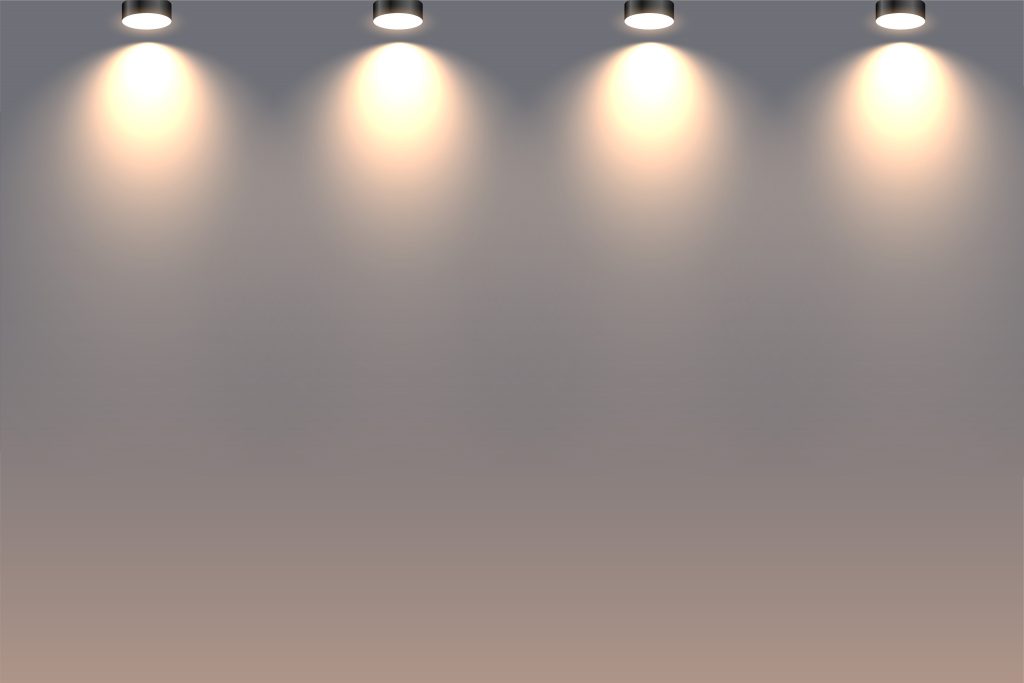
Downlighting involves directing light downward from the ceiling or high-mounted fixtures. This method creates a focused beam of light that illuminates the area below. Down lighting is commonly used for general or ambient lighting and can be achieved with recessed lights, pendant lights, or track lighting with adjustable heads.
Uplighting
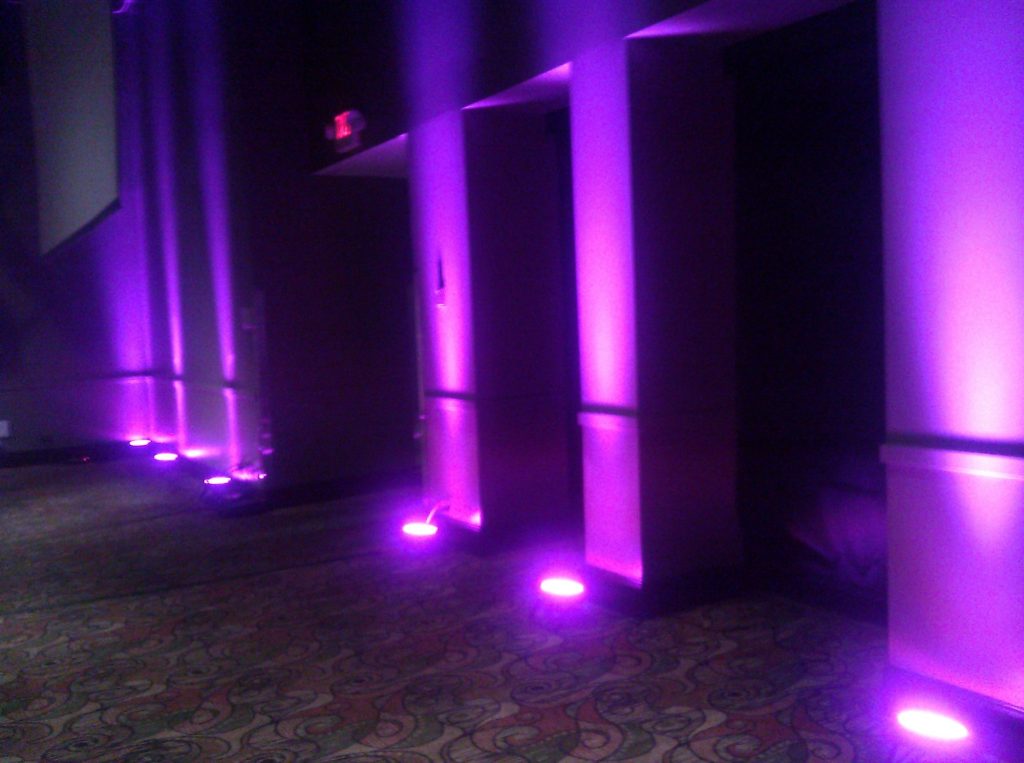
Uplighting is the opposite of downlighting, where light is directed upward toward walls, ceilings, or architectural features. This method can create a dramatic effect, accentuating textures or highlighting vertical elements. Up lighting can be achieved using wall sconces, floor lamps, or adjustable track lights with upward-facing fixtures.
Grazing

Grazing is a method where light is directed parallel to a surface, such as a textured wall or a decorative element, to accentuate its details. This technique creates a grazing effect, highlighting the surface’s texture and adding visual interest. Grazing can be achieved using recessed or surface-mounted adjustable fixtures close to the surface.
Wall Washing

Wall washing is a lighting method that involves uniformly illuminating a sizeable vertical surface, usually a wall, to produce a gentle and diffused lighting effect. This technique enhances the perception of spaciousness and depth within a room. To achieve wall washing, one can employ recessed lights, wall-mounted fixtures, or track lighting with wide beam angles.
Lighting Locations
Lighting locations encompass particular areas or spaces where lighting assumes a vital role in establishing a desired atmosphere, facilitating functionality, or generating a significant visual impact.
Indoor Lighting
Indoor lighting refers to the illumination provided within enclosed spaces such as homes, offices, retail stores, or public buildings. It serves both functional and aesthetic purposes, creating a comfortable and visually appealing environment.
Outdoor Lighting
Outdoor lighting is designed to illuminate outdoor spaces, enhancing safety, security, and the overall appeal of the surroundings. It serves various purposes and can transform outdoor areas into functional and inviting spaces.
Landscape Lighting
Landscape lighting is the strategic placement of lighting fixtures in outdoor environments to improve landscape aesthetics, safety, and functionality. It involves illuminating various elements such as trees, plants, pathways, architectural features, and water features to create a visually appealing outdoor space.
Automotive Lighting
The lighting systems and components installed on vehicles to ensure visibility, safety, and compliance with traffic regulations are referred to as vehicle lighting. These lighting systems serve various functions and are critical to the overall operation and safety of vehicles.
Types of Artificial Light Sources
There are various types of artificial light sources available for different applications and purposes. Here are some commonly used types of light sources:
Incandescent Lights
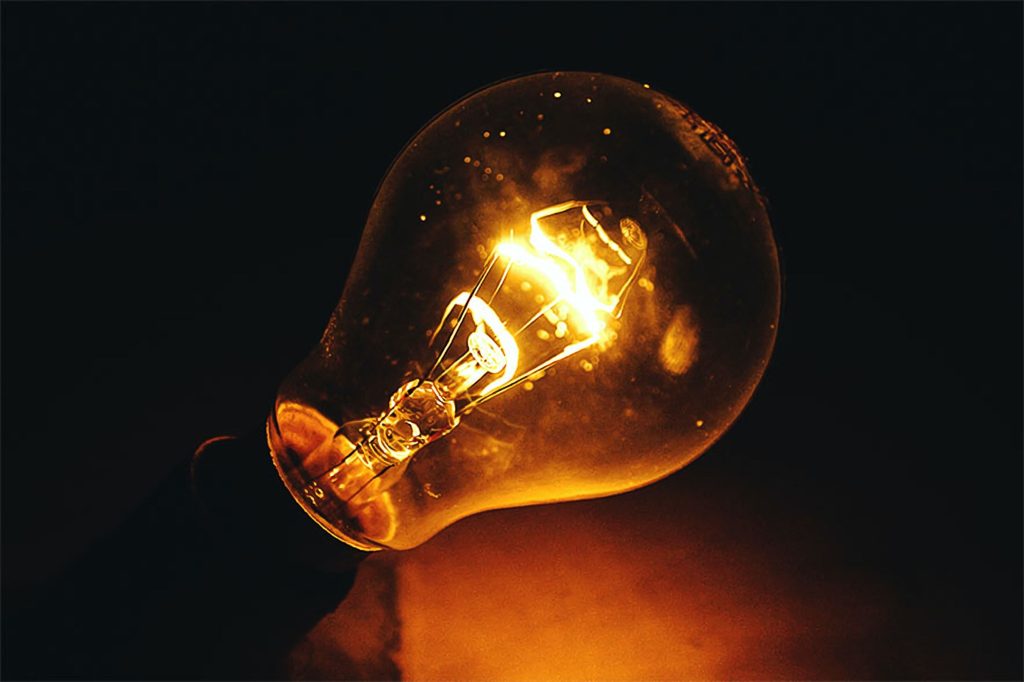
Incandescent lights are traditional light bulbs that produce light by heating a filament inside the bulb until it glows. They provide warm, yellowish light and are commonly used in household lamps and fixtures.
Fluorescent Lights
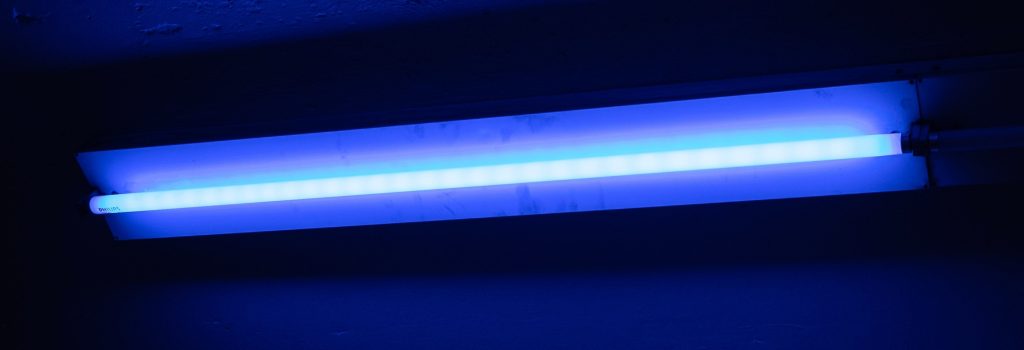
Fluorescent lights use an electric current to excite mercury vapor, which produces ultraviolet light. This light then interacts with a phosphor coating inside the bulb to emit visible light. Fluorescent lights are energy-efficient and widely used in commercial and residential settings.
Light-Emitting Diodes (LED) Lights

Light emitting diode lights are renowned for their exceptional energy efficiency and extended lifespan. These lights generate illumination by passing an electrical current through a semiconductor material, resulting in the emission of light. LED lights are offered in a diverse range of colors and find widespread usage in residential, commercial, and automotive applications.
Organic Light-Emitting Diode (OLED) Lights

Thin and flexible, organic light-emitting diode lights are panels that emit light by passing an electric current through organic substances. OLED lights find utility in scenarios that necessitate a compact, adaptable lighting source, such as displays and lighting panels.
Halogen Lights
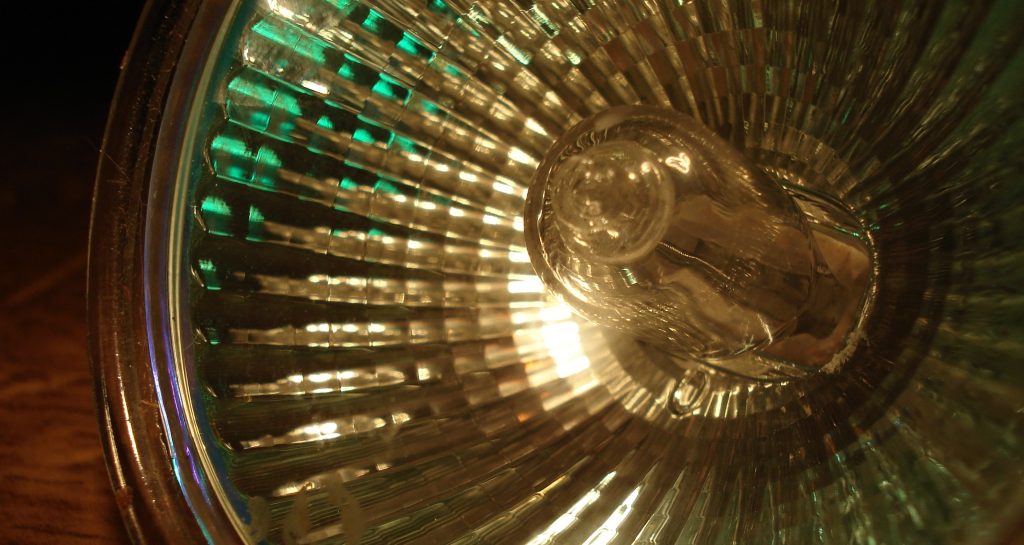
Halogen lights closely resemble incandescent lights but are equipped with a halogen gas that enables the filament to operate at higher temperatures, leading to a more luminous output. These lights are frequently used in track lighting, floodlights, and automotive headlights.
Compact Fluorescent Lights (CFL)

Compact fluorescent lights are a compact and energy-efficient alternative to traditional fluorescent lights. They consume less energy compared to incandescent lights and boast a longer lifespan. CFLs find widespread usage in both residential and commercial lighting fixtures.
Neon Lights

Neon lights are composed of a glass tube containing neon gas, which produces a vibrant colored light when an electric current is applied. These lights are frequently used for decorative purposes, signage, and artistic installations.
High-Intensity Discharge (HID) Lights
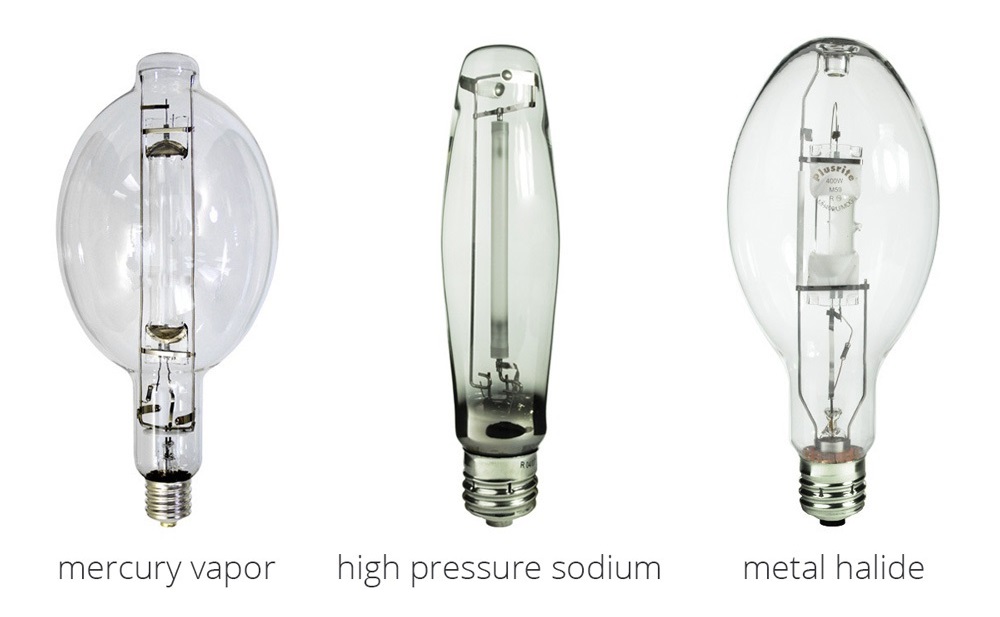
High-intensity discharge lights produce light by passing an electric current through a gas or vapor. HID lights are known for their high light output and are commonly used in outdoor lighting, stadiums, and automotive headlights.
Sodium Vapor Lights
Sodium vapor lights utilize sodium gas to generate a brilliant yellow light. These lights are prevalent in street lighting, parking lots, and industrial settings that demand high visibility.
Metal Halide Lights
By directing an electric current through a blend of metal halide salts, metal halide lights emit a luminous white light. These lights are widely utilized in indoor and outdoor lighting applications, including sports arenas, parking lots, and retail stores.
For a detailed overview of the light source types, we invite you to visit our dedicated webpage on types of lights. There, you’ll find an in-depth presentation that looks at the specifics of each type of light source, giving you valuable information and insights to guide your lighting decisions.
Lighting Fixtures
There is a diverse array of styles and purposes for lighting fixtures. Their main roles involve providing support for the light source, directing illumination, and preventing visual glare. While some fixtures prioritize simplicity and practicality, others also serve as artistic expressions. Almost any material can be used, as long as it can withstand heat and meets safety standards.
The luminous efficacy of lighting fixtures indicates the amount of usable light produced per unit of energy consumed, usually measured in lumens per watt. Higher transparency in fixtures results in greater efficacy. However, shading the light decreases efficacy while enhancing directionality and visual comfort.
Lighting Control Systems
In diverse environments, lighting control systems present a multitude of advantages and benefits. These systems enable users to achieve energy efficiency by providing the ability to regulate light levels and automate lighting operations based on occupancy and available daylight. Through the reduction of energy consumption, lighting control systems contribute to sustainability endeavors and generate cost savings.
Enhanced user experience is facilitated by the convenience and flexibility afforded by lighting control systems. Centralized control panels and integration with smart devices offer effortless and convenient management of multiple lights or lighting zones. Customization features empower users to personalize lighting settings, allowing for the creation of desired ambiences tailored to different activities or times of the day.
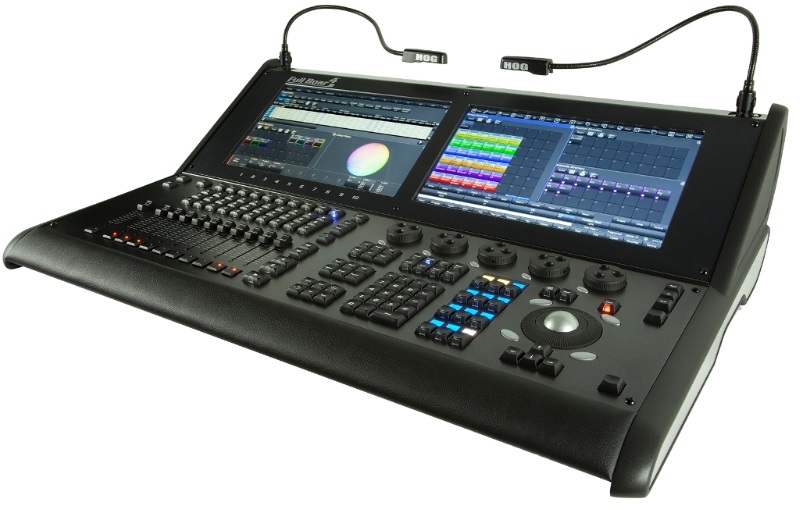
The compatibility of lighting control systems with diverse lighting technologies ensures adaptability to different types of fixtures and allows for future upgrades to more energy-efficient lighting solutions. By integrating with other building automation systems like HVAC and security, lighting control systems enable synchronized control and enhance overall efficiency. With remote access and monitoring capabilities, users can conveniently control and monitor their lighting systems from anywhere, offering flexibility and peace of mind.
Maintenance and monitoring are simplified with lighting control systems, as they provide real-time feedback on energy consumption, system performance, and lamp life. This proactive approach enables timely maintenance and minimizes downtime.
Conclusions
Lighting has a significant impact on our daily lives, influencing our visual comfort, safety, and overall experience of spaces. Whether it is indoor or outdoor lighting, each type serves a specific purpose and contributes to the environment’s functionality and aesthetics.
Ambient, task, accent, and decorative lighting are all types of lighting. These various types of lighting work together to create a visually appealing and well-balanced atmosphere in our homes, offices, and public spaces. The right lighting can boost productivity, create focal points, and set the desired mood.
Outdoor lighting is equally important, providing visibility, safety, and security. Landscape lighting enhances the beauty of outdoor spaces, illuminating pathways, trees, and architectural elements. Street lighting ensures safe navigation during nighttime, while vehicle lighting is essential for road safety and visibility.
Architectural lighting design takes lighting to another level by integrating it with the overall design concept of a building. It aims to enhance architectural features, create a visual hierarchy, provide functional illumination, and consider human well-being. With the use of advanced lighting techniques and control systems, architectural lighting designers can create immersive experiences and transform spaces into captivating environments.
In considering lighting options, it is essential to prioritize energy efficiency and sustainability. LED lighting, lighting controls, and daylight harvesting techniques contribute to reducing energy consumption and minimizing environmental impact. Ultimately, a well-planned and executed lighting design can greatly impact our quality of life, elevating our visual experiences, improving safety, and enhancing the aesthetics of our surroundings. Whether it’s for residential, commercial, or public spaces, the right lighting choices can make a significant difference in how we perceive and interact with our environment.
